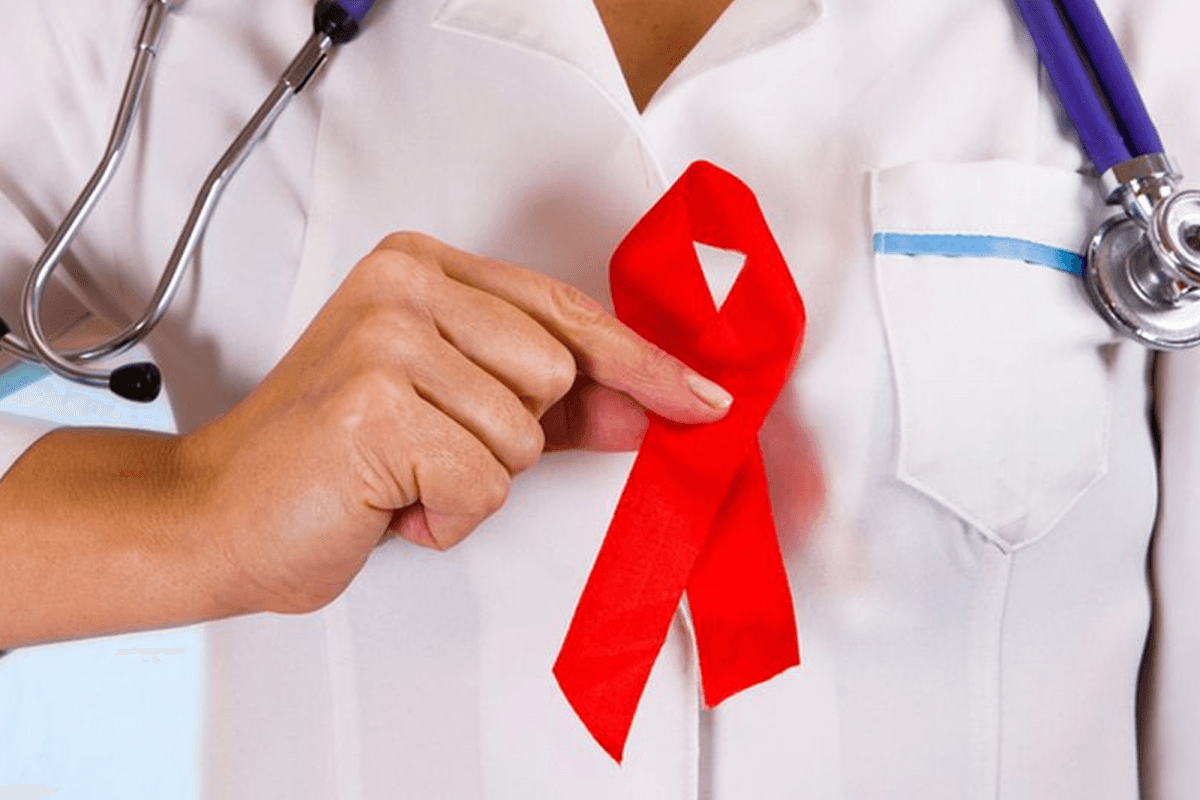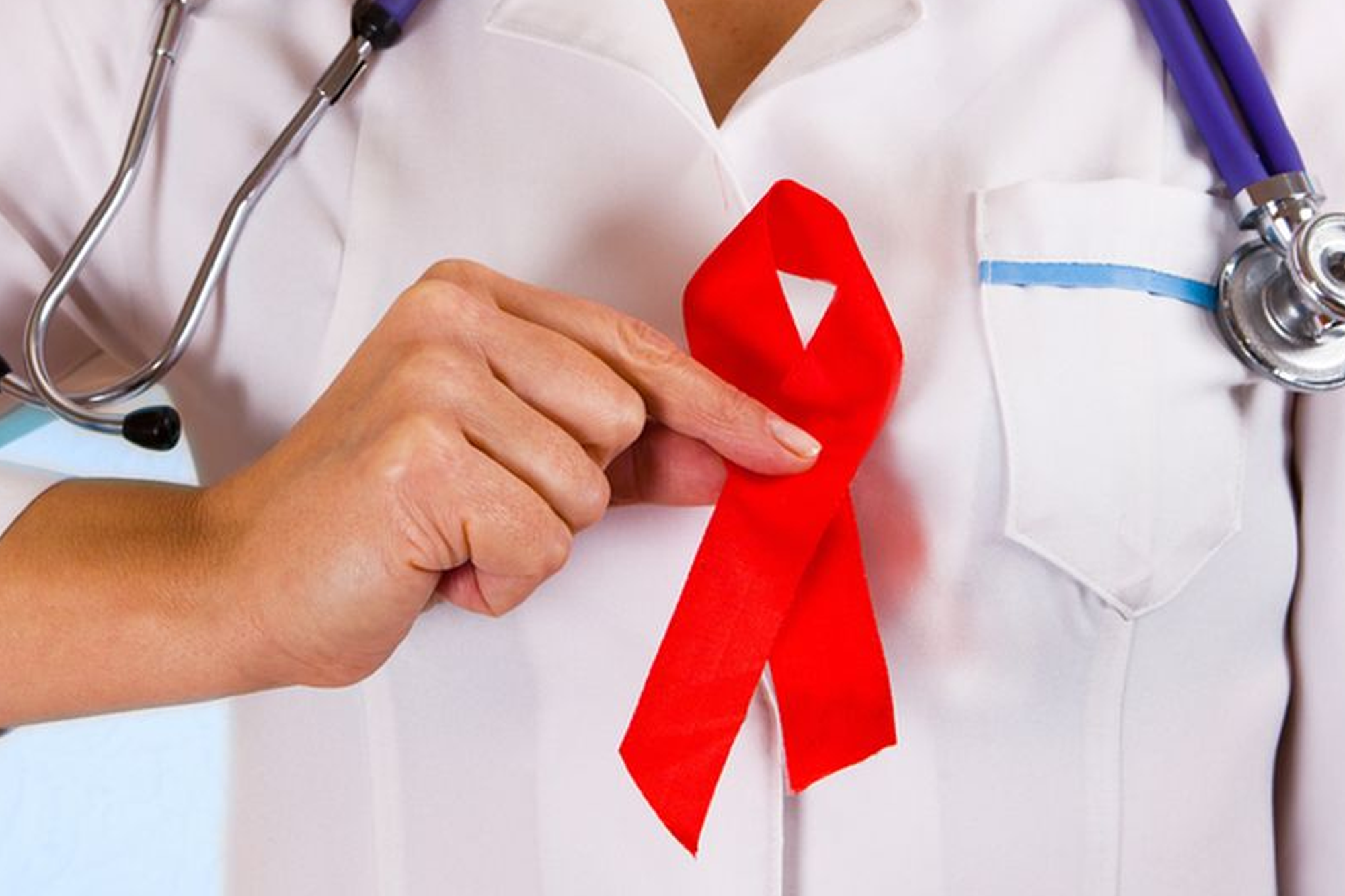
A major public health concern, HIV affects 36.7 million people approximately across the world at present, with 1.8 million people becoming newly infected, every year, according to WHO statistics.
HIV is a virus that attacks the immune system, which is our body’s natural defence against illness. This means someone living with HIV, who is not receiving treatment, will find it harder and harder to fight off infections and diseases. As the virus destroys and impairs the function of immune cells, infected individuals gradually become immunodeficient. Immune function is typically measured by CD4 cell count.
Immunodeficiency results in increased susceptibility to a wide range of infections, cancers and other diseases that people with healthy immune systems can fight off.
The most advanced stage of HIV infection is Acquired Immunodeficiency Syndrome (AIDS), which can take from 2 to 15 years to develop depending on the individual. AIDS is defined by the development of certain cancers, infections, or other severe clinical manifestations.
Signs and symptoms
The symptoms of HIV vary depending on the stage of infection. Though people living with HIV tend to be most infectious in the first few months, many are unaware of their status until later stages. The first few weeks after initial infection, individuals may experience no symptoms or an influenza-like illness including fever, headache, rash, or a sore throat.
As the infection progressively weakens the immune system, an individual can develop other signs and symptoms, such as swollen lymph nodes, weight loss, fever, diarrhoea and cough. Without treatment, they could also develop severe illnesses such as tuberculosis, cryptococcal meningitis, severe bacterial infections and cancers such as lymphomas and Kaposi’s sarcoma, among others.
Transmission
HIV can be transmitted via the exchange of a variety of body fluids from infected individuals, such as blood, breast milk, semen and vaginal secretions. Individuals cannot become infected through ordinary day-to-day contact such as kissing, hugging, shaking hands, or sharing personal objects, food or water.
Risk factors
Behaviours and conditions that put individuals at greater risk of contracting HIV include:
- Having unprotected sex
- Having another sexually transmitted infection such as syphilis, herpes, chlamydia, gonorrhoea, and bacterial vaginosis
- Sharing contaminated needles, syringes and other injecting equipment and drug solutions when injecting drugs
- Receiving unsafe injections, blood transfusions, tissue transplantation, medical procedures that involve unsterile cutting or piercing
- Experiencing accidental needle stick injuries, including among health workers
Diagnosis
Serological tests, such as RDTs or enzyme immunoassays (EIA), detect the presence or absence of antibodies to HIV-1/2 and/or HIV p24 antigen. No single HIV test can provide an HIV-positive diagnosis. It is important that these tests are used in combination and in a specific order that has been validated and is based on HIV prevalence of the population being tested. HIV infection can be detected with great accuracy, using WHO prequalified tests within a validated approach.
Treatment
Antiretroviral treatments are used to treat HIV. They work to prevent HIV from reproducing and destroying CD4 cells, which help your immune system fight infection. This also helps reduce the risk of transmitting the virus. HIV can be suppressed by combination ART consisting of 3 or more ARV drugs.
Prevention
Avoiding risk factors and use of male and female condoms are the best ways to fight HIV infection.
In the fight against HIV/AIDS, spreading awareness is the first step we can take to defeat this deadly disease. Do share the information on this blog with your loved ones to make them more aware of this health condition.
Request a call back



 Call-an-Ambulance
Call-an-Ambulance



